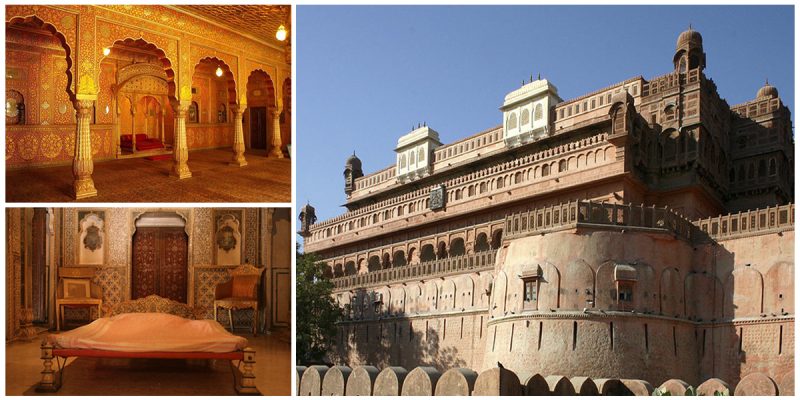This magnificent post-medieval fort is the creation of sixteen generations of the rulers of Bikaner who played a prominent and glorious role in the history of India.
It was built by the sixth ruler of Bikaner, Raja Rai Singhji, who ruled from 1571 to 1612 AD. He was also an expert in arts and architecture and today the fort is considered one of the most impressive fort complexes in India, famous for its magnificent architecture, design, and decoration.
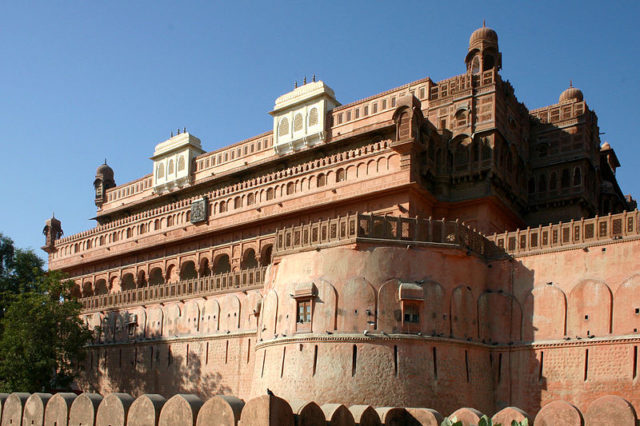
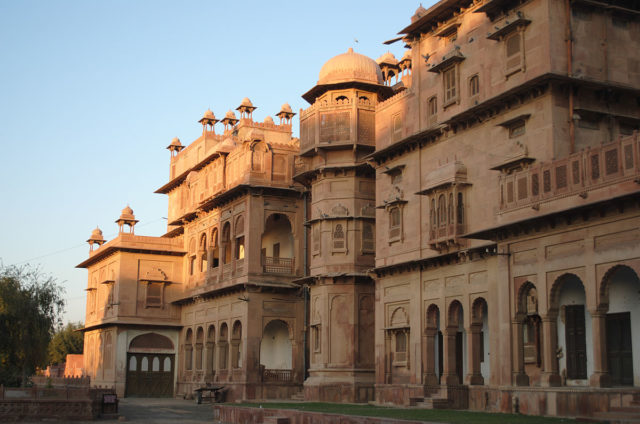
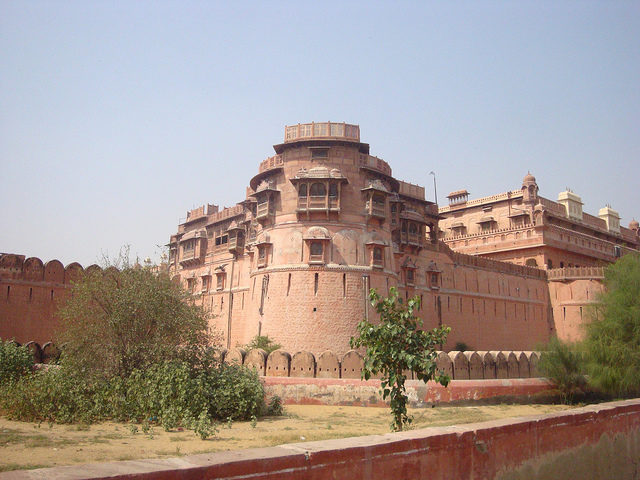

It was built as a new stronghold on the ruins of an old stone fort built in 1478 by Rao Bika, second son of Maharaja Rao Jodha, as part of the new city of Bikaner he established in 1472.
As the second son of Maharaja Rao Jodha, the founder of Jodhpur city, Bika had no chance of inheriting his father’s throne so he decided to build a kingdom of his own. It was only a century later that Bikaner’s fortunes flourished under Raja Rai Singhji.
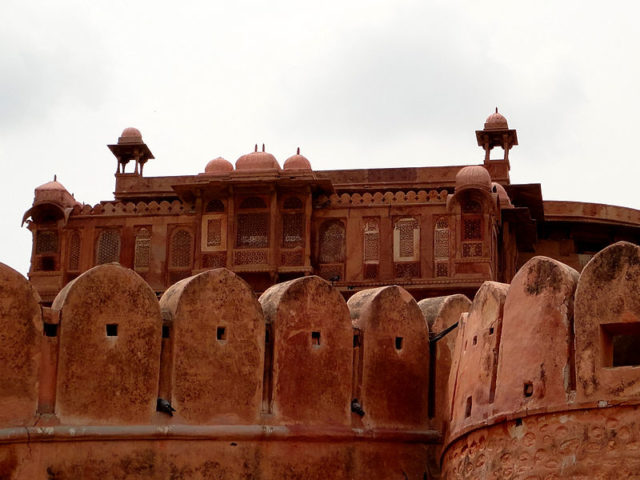
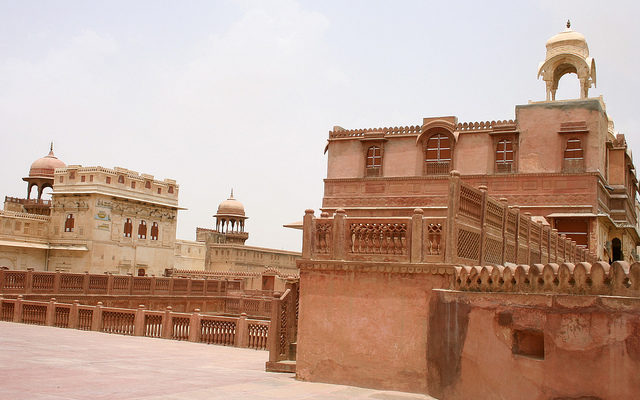
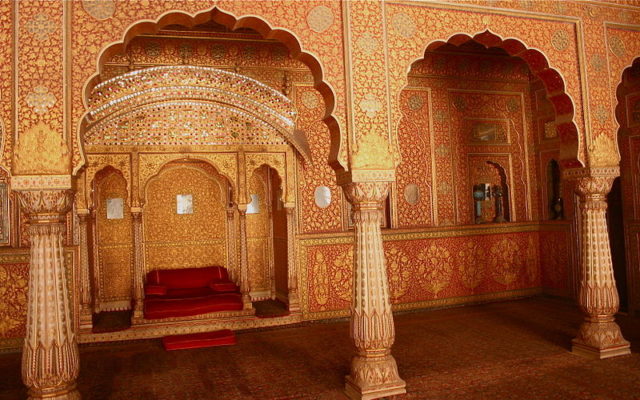
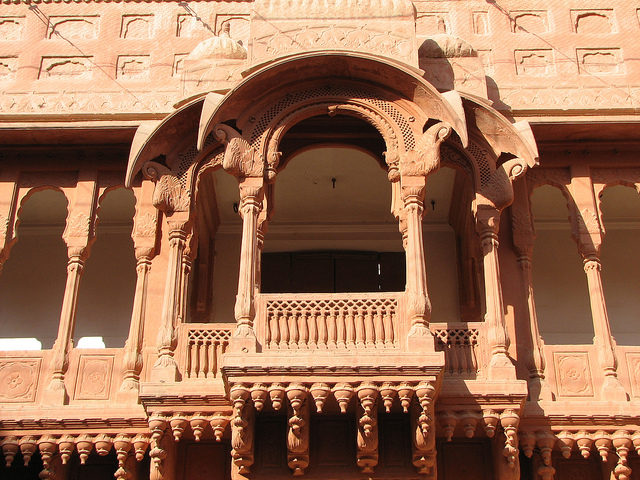
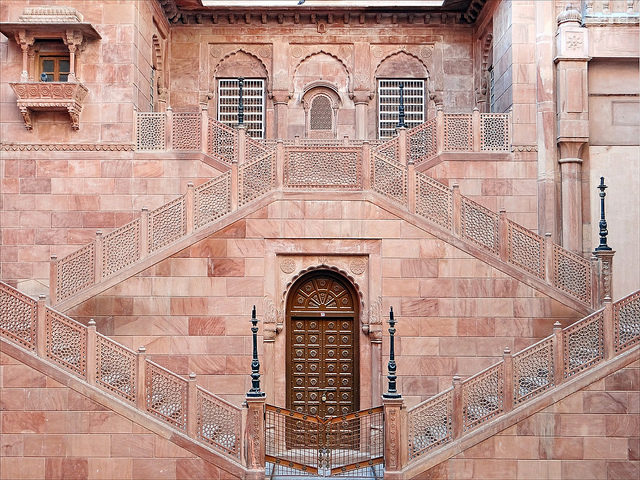
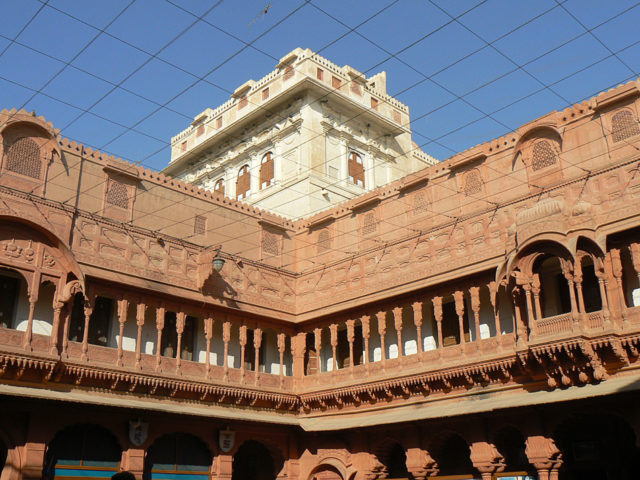
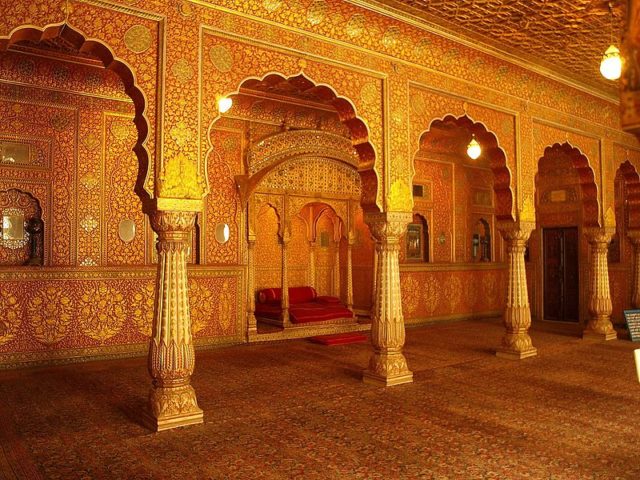
The fort is surrounded by deep moats and has a total of 986 long walls that have 37 bastions (known as ‘burj’) and it is accessible through two iron Gates (the Karan Parole facing east, and Chand Parole facing west) which were built to counter enemy attacks. Inside the fort there number of huge pavilions, temples, and seven palaces made of red sandstone.
The palaces are known as Phool Mahal (“Flower Palace”), Chandra Mahal, Ganga Mahal, Karan Mahal, Bikaneri Havelies, Badal Mahal, and Anup Mahal which functioned as the administrative headquarters of the kingdom. Each palace was built by a different ruler over the centuries.
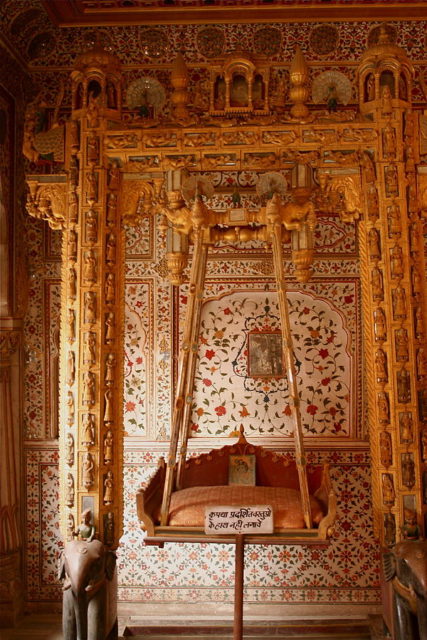
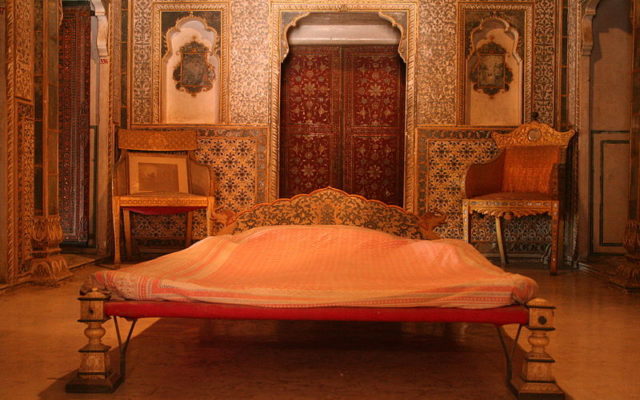
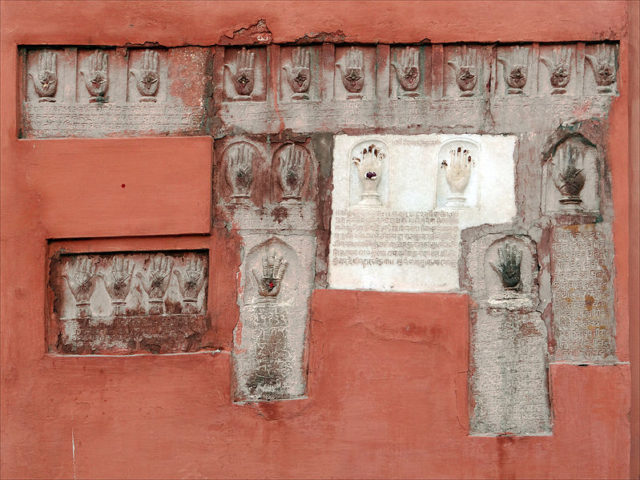
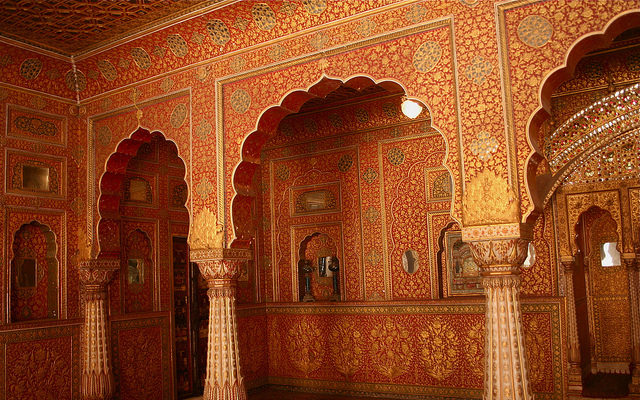
Many of these palaces have been turned into museums that now house a rich collection of jewelry, illuminated manuscripts, decorative wall paintings, arms and weapons, royal costumes, textiles, treaties etc. The wall outside Daulat Pol, one of the other historical gates, has forty-one hand imprints of the royal ladies who committed “Sati“ (self-immolation) on the funeral pyres of their husbands who died in battle. It was a common practice in India before it was banned in 1929.
Read another story from us: Bunratty Castle: the most authentic medieval fortress in Ireland
The fort was attacked several times throughout its history and has defied all the attacks except for one time when Kamaran Mirza, the son of Babur, captured the fort. However, he was unable to retain his hold for more than 24 hours.
